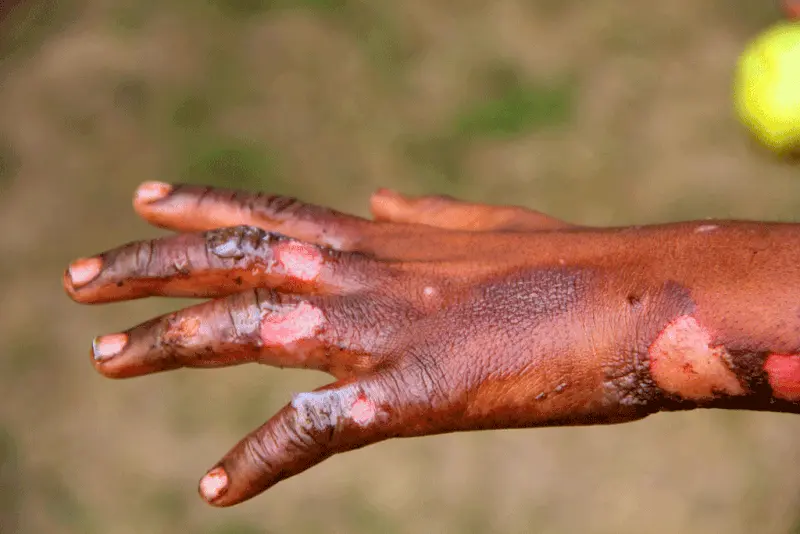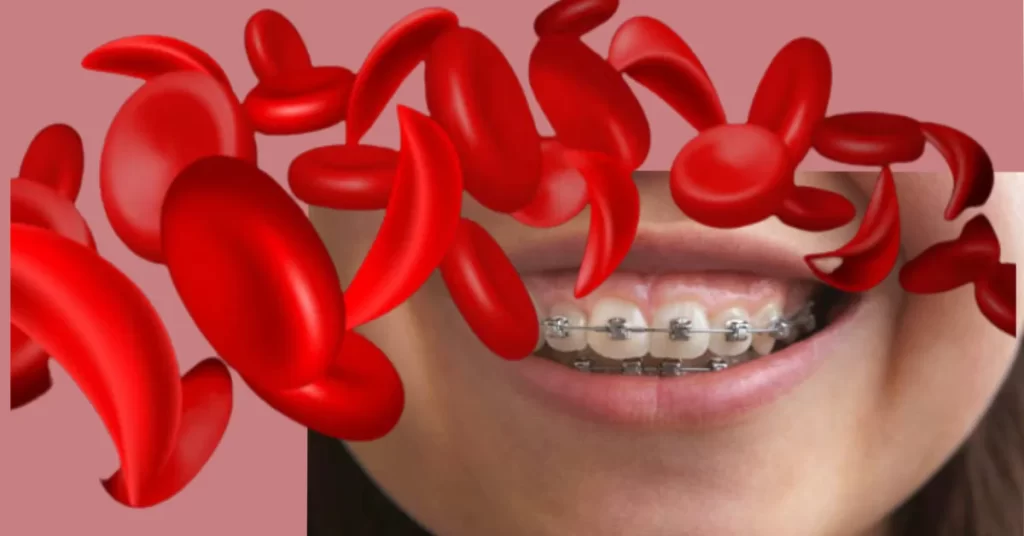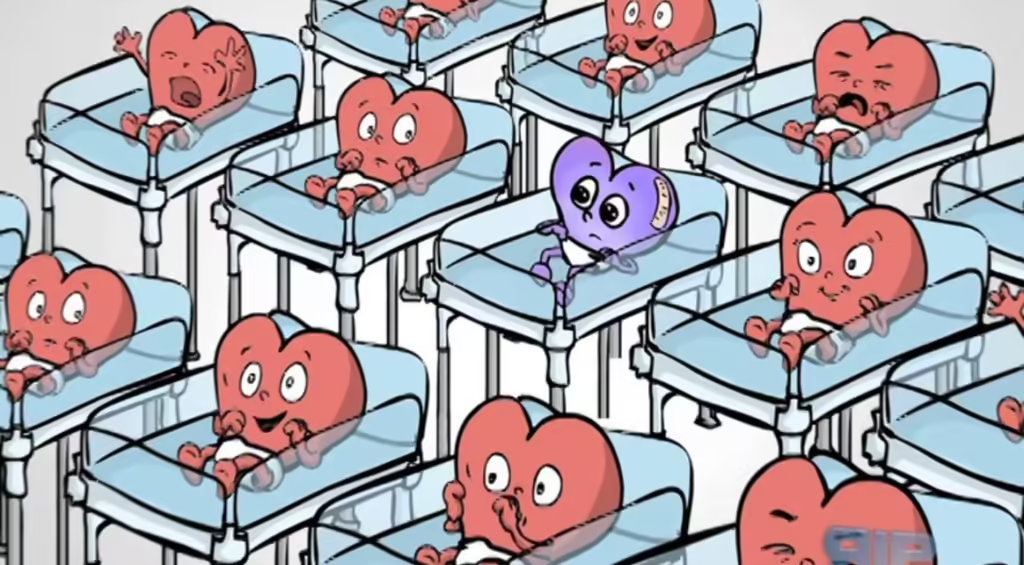Ameloblastoma

Understanding Ameloblastoma: Causes, Symptoms, and Management
In this blog, we will delve into the details of ameloblastoma, a rare tumor that affects the jaw. From its causes to its clinical features and management, we will provide a comprehensive understanding of this condition.
Introduction:
Ameloblastoma is a benign tumor that arises from the epithelial cells of the teeth-forming tissues. It is a rare condition that mostly affects the jaw, particularly the mandible (lower jaw) and the maxilla (upper jaw). Although it is benign, ameloblastoma can cause significant damage to the jawbone and surrounding tissues if left untreated. In this blog, we will discuss the causes, symptoms, and management of ameloblastoma.
What is Ameloblastoma?
Ameloblastoma is a type of tumor that originates from the cells that form the enamel of the teeth. It is a benign tumor, which means that it does not spread to other parts of the body. However, it can be locally invasive and cause damage to the surrounding tissues. The exact cause of ameloblastoma is not known, but it is believed to be related to genetic factors and abnormal development of the jawbone.
Aetiology:
The exact cause of ameloblastoma is not yet known, but several factors have been identified as potential contributors to its development. These include:
- Genetic mutations: Ameloblastoma may be caused by mutations in specific genes that regulate the growth and development of the jawbone.
- Abnormal tooth development: Ameloblastoma may arise from the cells that form the enamel of the teeth, which are derived from the dental lamina.
- Environmental factors: Exposure to certain chemicals, radiation, and viruses may increase the risk of developing ameloblastoma.
Clinical and Pathological Features:
Ameloblastoma can present with a variety of symptoms, depending on its location and size. Some of the common clinical features of ameloblastoma include:
- Swelling and pain in the jaw
- Difficulty opening the mouth
- Loose teeth
- Facial asymmetry
- Pain in the teeth or gums
The pathological features of ameloblastoma vary depending on the type of tumor. There are several subtypes of ameloblastoma, including:
- Conventional ameloblastoma: The most common type, accounting for about 85% of cases. It is characterized by a slow-growing, honeycomb-like pattern of tumor cells.
- Unicystic ameloblastoma: A subtype that affects younger individuals and is characterized by a single cystic lesion.
- Peripheral ameloblastoma: A rare subtype that affects the tissues around the tooth, rather than the jawbone.
Radiological Features: Imaging tests, such as X-rays and CT scans, can help to diagnose ameloblastoma. These tests can show the size and location of the tumor, as well as any damage it may have caused to the surrounding bone and tissue.
Management:
The management of ameloblastoma depends on several factors, including the size and location of the tumor, the patient’s age and overall health, and the subtype of ameloblastoma. Treatment options for ameloblastoma include:
- Surgery: The primary treatment for ameloblastoma is surgery to remove the tumor and any affected tissue. The type of surgery depends on the size and location of the tumor, and may involve removing part of the jawbone or teeth.
- Radiation therapy: In some cases, radiation therapy may be used to shrink the tumor before surgery, or as an alternative to surgery for patients who are not candidates for surgery.
- Chemotherapy: Chemotherapy is not typically used for the treatment of ameloblastoma, but may be used in advanced cases.
Summary:
Ameloblastoma is a rare tumor that affects the jaw, particularly the mandible and maxilla. The exact cause of ameloblastoma is not known, but it is believed to be related to genetic factors and abnormal development of the jawbone. Ameloblastoma can present with a variety of symptoms, including swelling and pain in the jaw, difficulty opening the mouth, and facial asymmetry. The management of ameloblastoma depends on several factors, including the size and location of the tumor, the patient’s age and overall health, and the subtype of ameloblastoma. Treatment options include surgery, radiation therapy, and chemotherapy. Early diagnosis and treatment of ameloblastoma are critical to prevent damage to the jawbone and surrounding tissues.






Responses